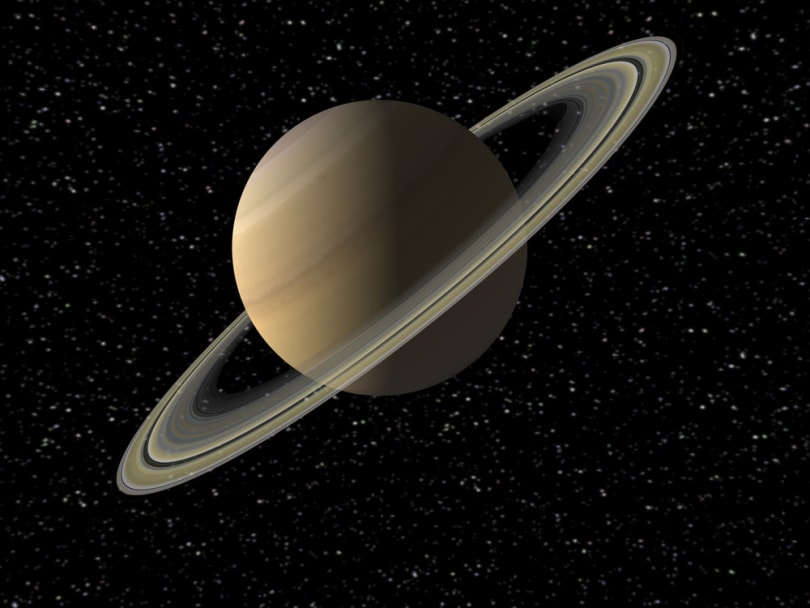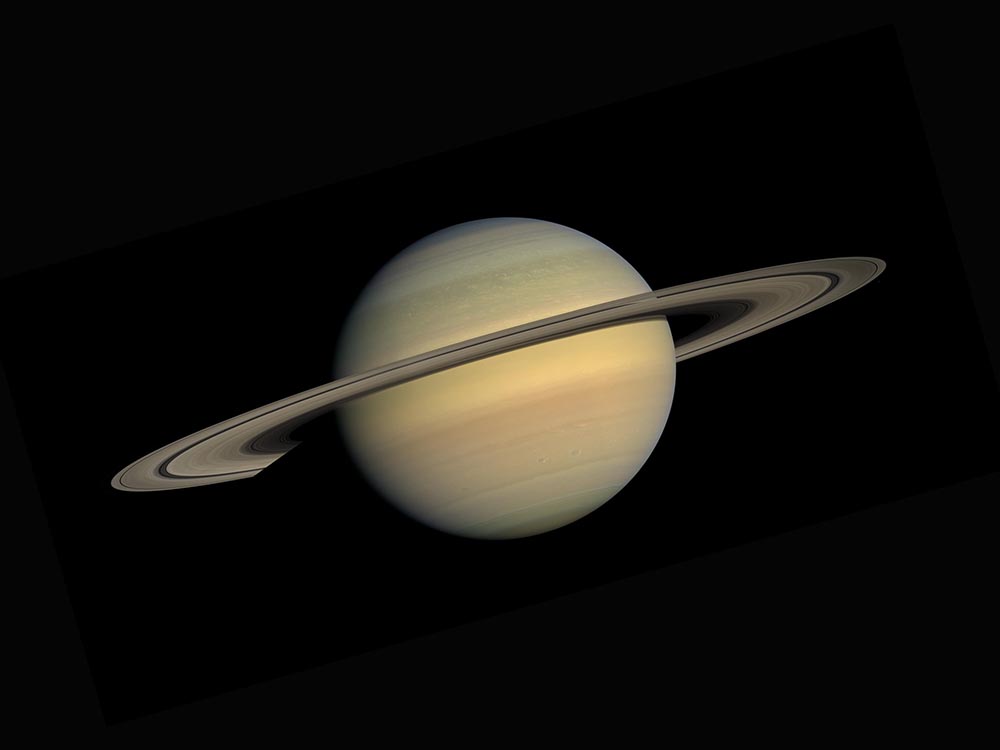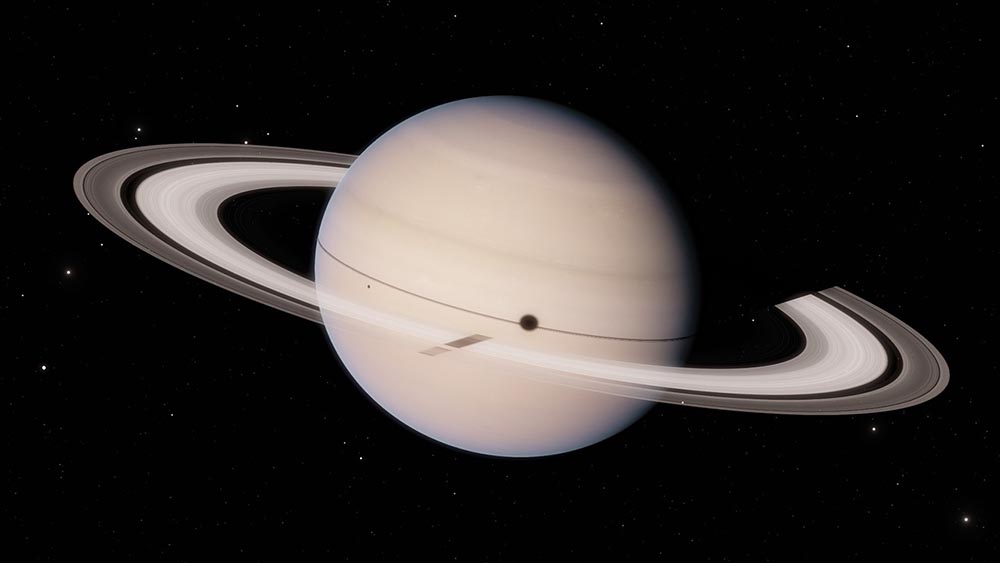How Did Saturn Get Its Name? What You Need to Know!
Last Updated on

The name “Saturn” dates all the way back to Roman times. Saturn is the farthest away planet that can be seen by the human eye, which means it has been known for thousands of years. As such, the Romans named the planet Saturn, but there have been other names for this ancient planet as well.
Keep reading to learn about the naming of Saturn, including why the Romans changed the name to Saturn and more.

Who Named Saturn?
The name Saturn was officially selected around 400 BCE by the ancient Romans. The Romans changed this planet’s name to Saturn as a way to revere or worship their God of agriculture. Since Roman times, the name Saturn has simply stuck due to Roman conquests worldwide.

The Lore of Saturn
In order to understand why the Romans named the planet Saturn, it’s important to understand what this deity Saturn represented for their culture.
Saturn was the Titan of time, wealth, liberation, and agriculture. Titans were pre-Olympian gods. Most people today are familiar with the Olympian gods, such as Zeus. The fact that Saturn is a pre-Olympian God means that he is one of the older gods in the Roman religion.
Saturn is often depicted as the God of Rome’s golden age of abundance and peace. Interestingly, Saturn was believed to have fathered Jupiter, Neptune, and Pluto, three other planets named after Roman gods, with his own sister.
Saturn is associated with a sickle or a scythe which he held in one hand. This symbolism is interesting because it almost replicates the rings around Saturn. However, these rings were not confirmed until Galileo Galilee in the 1600s.

Saturn’s Different Names
Even though we know this planet by the name Saturn, Saturn is not the first name this planet has known. The oldest writings we have that document the existence of Saturn goes all the way back to 700 BCE. These documents were written by the Assyrians, and they named it the Star of Ninib.
Ninib was a solar deity of the Semites that was the God of war and agriculture. Another name that you may be more familiar with is Nimrod. Nimrod refers to the same deity.
Around 400 BCE, Greek astronomers also had a different name for the planet that would become Saturn. The ancient Greeks referred to the planet as Cronos, their God of agriculture. Interestingly, Cronos and Saturn are typically described as the same God, just of two different cultures. Cronos was morphed into Saturn with the conquest of Greece by the Romans.
It’s interesting to look at the different names of Saturn because all these names have one thing in common: they refer to a deity of agriculture. This seems to suggest a common idea of venerating the god of agriculture with the naming of what would become Saturn.


Final Thoughts
Officially, the ancient Romans are responsible for naming the planet Saturn. However, Saturn is not the first name of this planet. The ancient Greeks and Assyrians also named this planet after agriculture gods in their own cultures. It wasn’t until the Romans defeated the Greeks that the name Saturn stuck.
Because the Romans were responsible for traveling all over Europe, India, Africa, and other parts around the globe, the Romans had the last say in the naming of Saturn.
Featured Image Credit: bluecrayola, Shutterstock
About the Author Robert Sparks
Robert’s obsession with all things optical started early in life, when his optician father would bring home prototypes for Robert to play with. Nowadays, Robert is dedicated to helping others find the right optics for their needs. His hobbies include astronomy, astrophysics, and model building. Originally from Newark, NJ, he resides in Santa Fe, New Mexico, where the nighttime skies are filled with glittering stars.
Related Articles:
Can You Use Binoculars to Look At Stars? How to Choose the Right Pair
15 Crucial Facts About Ultraviolet Rays & the Sun
What Constellation Is Spica In? The Interesting Answer!
10 Interesting Leo Constellation Facts, Myths, and FAQs
15 Interesting Pegasus Constellation Facts, Myths, and FAQs
6 Interesting Sagittarius Constellation Facts, Myths, and FAQs in 2024!
What Are Constellations? Where Did They Come From?
8 Interesting Libra Constellation Facts, Myths, and FAQs
